Pear variety Karataevskaya
Karataevskaya is a pear of early autumn ripening period. It got its name from one of the breeders who gave her life. At the Siberian Research Institute of Horticulture named after M.A. Lisavenko (Barnaul) in 1971, breeders E.P. Karataeva, I.P. Kalinin and I.A. Puchkin was pollinated with pollen of the Dessertnaya Mlievskaya variety. Thus, they tried to get a pear that could bear fruit after the harsh winters of Siberia and Altai. In 1998 the variety was accepted for state testing. In 2011 it was included in the state register of breeding achievements. Recommended for cultivation in the East Siberian region (Trans-Baikal and Krasnoyarsk Territories, Irkutsk Region, the Republic of Tyva, Khakassia, Buryatia, Sakha (Yakutia)). Got widespread in Altai gardens.
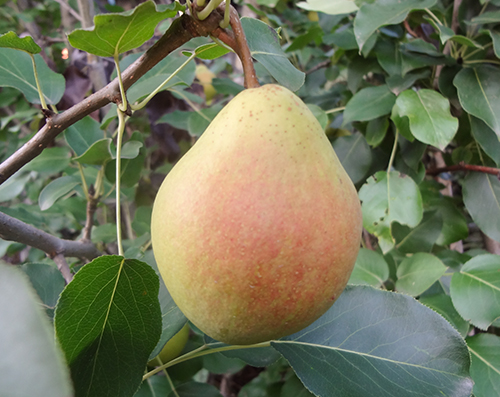
Photo: Baranov Alier Samilevich.
Trees of this variety are considered to be medium-sized, but with untimely and incorrect pruning, they can reach 5 meters in height. Skeletal branches and shoots are ankle (weakly branched), due to apical dominance, they need annual pruning of apical buds for better growth of lateral shoots. Crohn's sparse, rounded, asymmetrical. Shoots are thick, red-brown, with pubescence at the tops. Lentils are small. The kidneys are conical, bent. The leaves are dark green, medium in size, have finely serrated serration along the edge, the petioles are long. Leaf shape is ovoid. Fruits are formed mainly on simple and complex ringlets.

Photo: Baranov Alier Samilevich.
The fruits of the Karataevskaya pear are medium and below medium in size, slightly ribbed, broadly ovate or broadly pear-shaped. The average fruit weight is 110 - 130 g, single specimens grow up to 200 g. The stem is long, thin. The skin is smooth, oily, shiny and tender. Green numerous dots are clearly visible under the skin. With removable maturity, the main color of the fruit is greenish-yellow; integumentary, brownish-red, occupies half of the pear surface. When fully ripe, the main creamy color is covered with a blurry dark red striped blush located over most of the fruit. The saucer is wide and shallow. The calyx is closed, not falling. The sub-calyx tube is poorly expressed. Deepening of the peduncle is absent. The pulp is white, very juicy, fine-grained, semi-oily, prickly, medium density, sweet and sour with a spicy aftertaste and medium aroma. The heart is elliptical, large. Seed chambers are closed. Seeds are light brown, small, lanceolate. Taste qualities according to the tasting scale are 4.8 - 4.9 points.
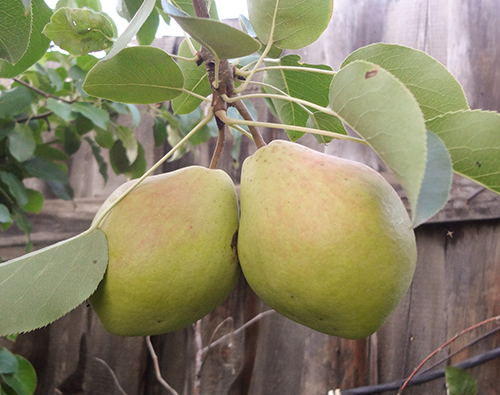
Photo: Baranov Alier Samilevich.
The composition of the fruits includes tannins - 62 mg / 100 g, sugars - 12.2%, ascorbic acid - 3.3 mg / 100 g, P-active substances - 62 mg / 100 g, as well as fiber and mineral salts (zinc , potassium, iodine, iron).
The yield of the variety is moderate - 20 - 21 kg / der. An adult tree in the city of Barnaul gives an average of 16.7 kg of yield per year (data for 1991 - 2000). Fruiting begins as early as 4 - 5 years after planting the seedling in a permanent place. This pear bears fruit regularly.
The fruits ripen in late August - mid-September, are stored for a short time, maximum two weeks, in the refrigerator - up to two months. The purpose of the variety is universal.
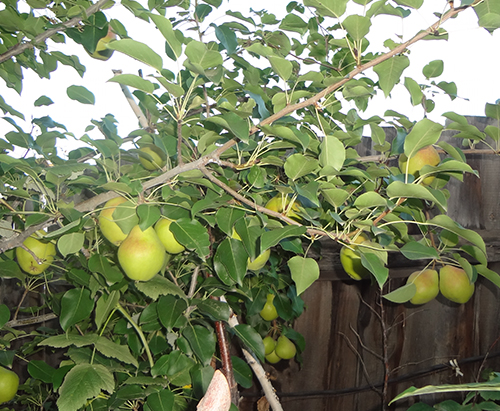
Photo: Baranov Alier Samilevich.
The advantages of the Karataevskaya pear include good consumer and commercial qualities of fruits, increased resistance to fungal diseases.
The disadvantages include: high demands on moisture, insufficient winter hardiness of trees in the harsh Siberian winters and the need for special pruning of branches and shoots to increase branching.
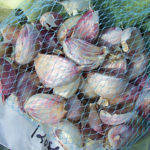
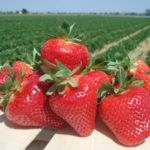

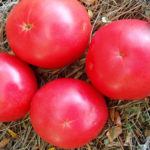
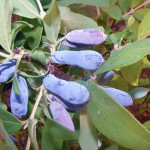
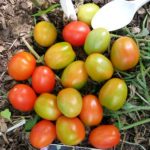



9 years ago I bought this pear. Local gardeners of Irkutsk advise to grow it in stanza, but I, apparently, have a favorable plot. The pear fruited after 7 years, the seedling was painful. In 2015, it gave the first harvest - 30 kg at once. The fruits ripened by September 25 and began to fall off sharply. The taste of the fruit is good, the pulp is creamy, prickly, but there is little sugar in it. Apparently because of the pollinator.
Last year, rain and wind prevented the fruit from being picked on time. The tree could break. They took them off 10 days earlier.
Good jam comes out of the fruits and they are good fresh. The same imported Chinese pears taste the same. I am very pleased with the variety.
Over the winter, near Novokuznetsk, the top of me, which is above the snowdrift, froze, there was a stump with branches about thirty centimeters. Recovering on a new one.